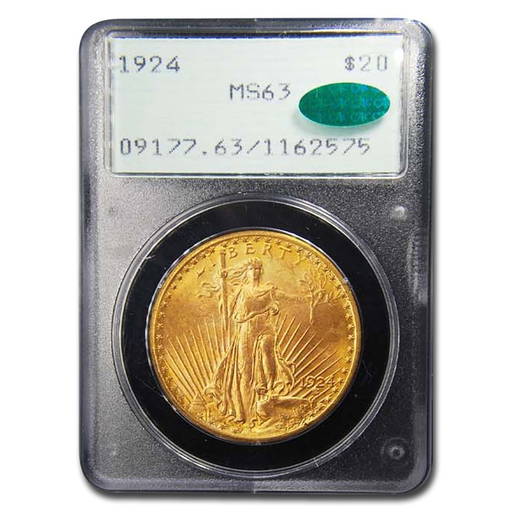Coin hunting can be a captivating and enjoyable hobby, especially for those who are fascinated by the background and significance behind unique U.S. coins. Whether you are a seasoned collector or a beginner, knowing how to recognize these cherished finds is important. The thrill of finding a coin with notable rarity or historical importance can be a defining moment for any collector.
In this resource, we will explore important tips for recognizing uncommon U.S. coins. From comprehending key markers like mint marks and mistakes to learning about coins that are frequently ignored by others, you will gain insightful insights into what makes a coin truly extraordinary. With the appropriate knowledge at your disposal, you can boost your coin hunting experience and potentially uncover treasured treasures lying in your pocket change or at flea markets.
Grasping Currency Scarcity
Coin scarcity is determined by various factors, comprising the mintage, demand, and significance. Coins that were minted in scarce quantities are typically more desired and can be regarded as rare. For example, a coin with a mintage of merely a few hundred units will generally have a greater worth than a currency minted in the millions of units. coin dealers pcgs certified seek out these limited editions, raising their value and transforming them prized possessions in the numismatic community.
Interest plays a vital role in establishing rarity as well. A coin may have been produced in somewhat high numbers, but if it has a unique style or an captivating narrative, investors can appreciate it greatly. For instance, specific coins with manufacturing flaws or distinct attributes that attract the interest of collectors can transcend their initial mintages and turn into scarce discoveries. Grasping what drives demand helps collectors detect valuable coins in circulation.
Historical context can also increase a currency's scarcity. Coins that mark important events, such as anniversaries or recognized figures, tend to draw collectors who value their histories. For instance, currencies from particular eras, such as the Civil War or specific presidential terms, can hold more than just face value. By studying the background behind the coins, numismatists can develop a keen eye for recognizing those that may be rarer than they first appear, creating opportunities for scarce finds.
Recognizing Precious U.S. Coins
When searching for uncommon U.S. coins, the first step is to educate yourself about the multiple types and their cultural. Certain coins, like the 1909-S V.D.B. Lincoln penny or the 1916-D Mercury dime, are commonly known among collectors for their scarcity and value. Get to know yourself with mint marks, which show where a coin was produced. Coins with particular mint marks can be markedly more priceless than their counterparts, so knowing this detail is crucial.
State plays a key role in assessing a coin's worth. Coins are graded on a scale from one to seventy, with greater numbers denoting better condition. Look for coins that have little wear, clear details, and brilliant luster. A coin that has been maintained well can command a much greater price than one that shows signs of extensive wear. Methods for assessing condition include inspecting the surfaces under good lighting and using enlargement tools if necessary.
In conclusion, market trends can affect which coins are deemed worthy at any particular time. Being knowledgeable of auction outcomes and price guides can provide clarity into which rare U.S. coins are currently popular. Additionally, specific factors like historical events, collector interest, and even popular culture can alter the desirability of specific coins. Keeping an eye on coin collecting news and community discussions can enhance your ability to spot precious finds during your hunts.
Materials for Numismatists
For individuals venturing into the world of unique U.S. coins, having the right resources is essential for effective identification and assessment. Nearby coin shops are an invaluable resource, as they often have experienced staff who can provide insights into particular coins. You can also find numerous coin shows and exhibitions where collectors gather to trade and share knowledge. Attending these gatherings can help you connect with fellow enthusiasts who are eager to share advice and valuable experiences.

Digital resources have transformed the way collectors interact and gather information. Websites dedicated to coin collecting offer discussion boards, guides, and write-ups specifically focusing on rare U.S. coins. Social media groups and YouTube channels also provide educational content and community support that can enhance your understanding and buying skills. Many collectors find benefit in signing up for newsletters or magazines that keep them updated about trends in the market and newly discovered rare coins.
In conclusion, investing in reference guides and reference materials can greatly improve your understanding of coin grading and identification. Publications that list rare U.S. coins often include comprehensive images and descriptions, making it easier to identify differences and evaluate value. Utilizing these resources will not only enhance your collecting skills but also increase your appreciation for the heritage and craftsmanship behind collectible coins.
